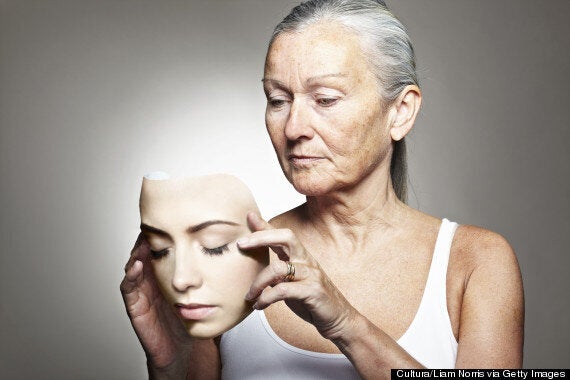Science has good news for those looking to prevent the signs of premature ageing.
Newcastle University researchers have identified an antioxidant Tiron, a compound that not only offers total protection against some types of sun damage and may ultimately help our skin stay looking younger for longer.
“To discover that Tiron offers complete protection against UVA damage is exciting and promising," says author, Mark Birch-Machin, Professor of Molecular Dermatology at Newcastle University.

But before you chuck all of your anti-ageing serums and potions into the bathroom bin, he warned that more testing needed to be done before Tiron could be deemed safe for you and me.
"It is early days as Tiron is not a naturally occurring compound and has not yet been tested for toxicity in humans although there have been a few studies on rats,” he added.
Researchers compared the protection offered against either UVA radiation or free radical stress by several antioxidants, some of which are found in foods or cosmetics. While UVB radiation easily causes sunburn, UVA radiation penetrates deeper, damaging our DNA by generating free radicals which degrades the collagen that gives skin its elastic quality.
The Newcastle team found that the most potent anti-oxidants were those that targeted the batteries of the skin cells, known as the mitochondria. They compared these mitochondrial-targeted anti-oxidants to other non-specific antioxidants such as resveratrol, found in red wine, and curcumin found in curries, that target the entire cell.
They found that the most potent mitochondrial targeted anti-oxidant was Tiron which provided 100%, protection of the skin cell against UVA sun damage and the release of damaging enzymes causing stress-induced damage.
Co-author at Newcastle University Dr Anne Oyewole said: “This finding on Tiron provides us with a platform to study an antioxidant - preferably a naturally occurring compound with a similar structure which could then be safely added to food or cosmetics.”
The work was published in The FASEB Journal, and was funded by BBSRC and Unilever.